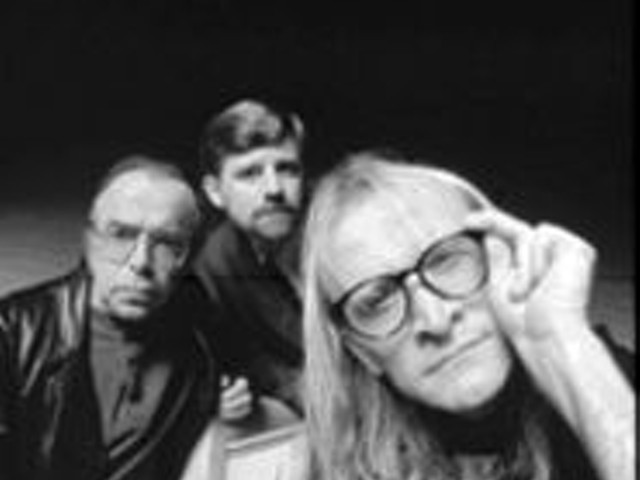"I just think that he's a black man, and the St. Louis Post-Dispatch, when he died, had him on page 16 [and] myself and [journalist] Harper Barnes called them and threw a screaming fit on the phone when he was on the front page of every newspaper in the United States and in the world," says Quincy Troupe, a collaborator on Davis' controversial 1989 autobiography.
"I said, 'Well, that's the reason he didn't want to be buried in St. Louis.' They didn't understand the true significance of Miles Davis. He was a black man and he was an iconoclast and he didn't take any crap off anybody -- he spoke his mind. If you're a black man and you speak your mind in this country, you're pushed to the back burner."
Ten years later, Troupe hatched an idea to honor the Alton native during what would have been the year of his 75th birthday. Miles 2001 is a both-sides-of-the-river bonanza of nearly 100 separate events coordinated by more than three dozen cultural and civic groups and chaired by Jazz at the Bistro's Gene Dobbs Bradford. The crown jewel of the festival is a major exhibition on Davis' life and work at the Missouri History Museum called Miles: A Miles Davis Retrospective, curated by historian Benjamin Cawthra.
The exhibit features such artifacts as sheet music, instruments, photos, album artwork, artwork by Davis, awards and clothing. It is divided into six sections: Miles as a teenage musician growing up in East St. Louis and searching for his own sound; Miles as a bebop trumpeter with Charlie Parker; Miles as the leader of the cool and hard-bop styles; Miles' beloved masterpiece, Kind of Blue, and his creative strides in the '60s with a small, powerful group of musicians; his electronic journeys in the '70s; and the difficulties and triumphs of his final years. Also chronicled are such relevant topics as African-Americans' migration from the South to places like East St. Louis and their struggle to secure civil rights in the 1960s.
But the centerpiece of the exhibit is, blessedly, the music. Visitors will hear that sad, beautiful muted horn in a video theater and from headphones attached to a digital device each will carry. They will, in fact, be able to choose from about 100 excerpts of music and interviews about Miles with Charlie Parker, Dizzy Gillespie, Gil Evans, Carlos Santana and former Miles Davis Quintet drummer Tony Williams. They will also hear the hoarse, scratchy voice of the man himself from interviews taped by Troupe for their book.
This tribute, adds Troupe, "is long overdue -- he should have been given everything that this city can give him, just like Chuck Berry should have. They should have libraries named after them, streets."





